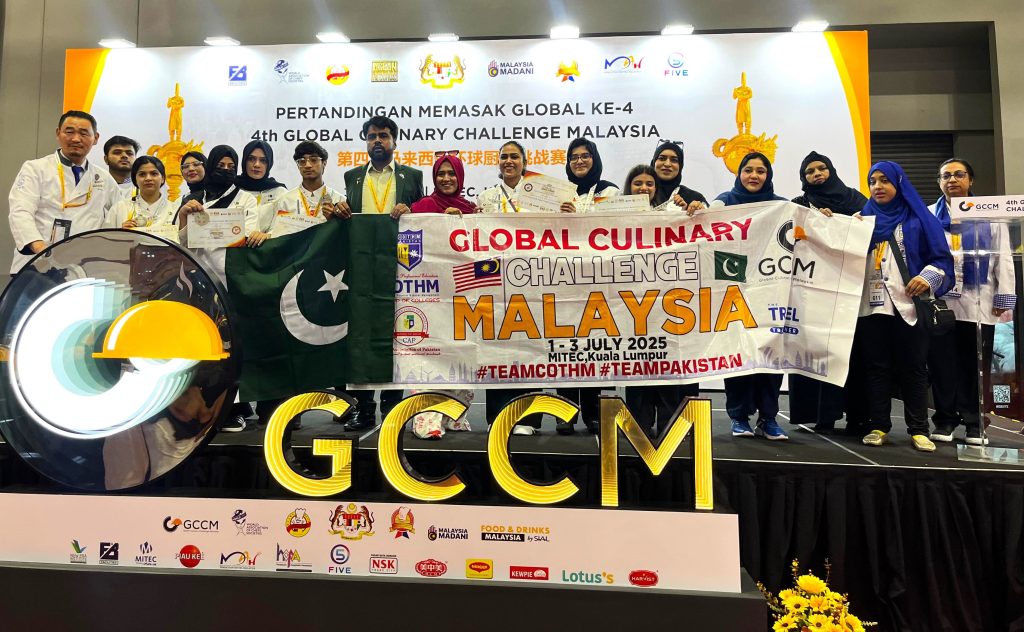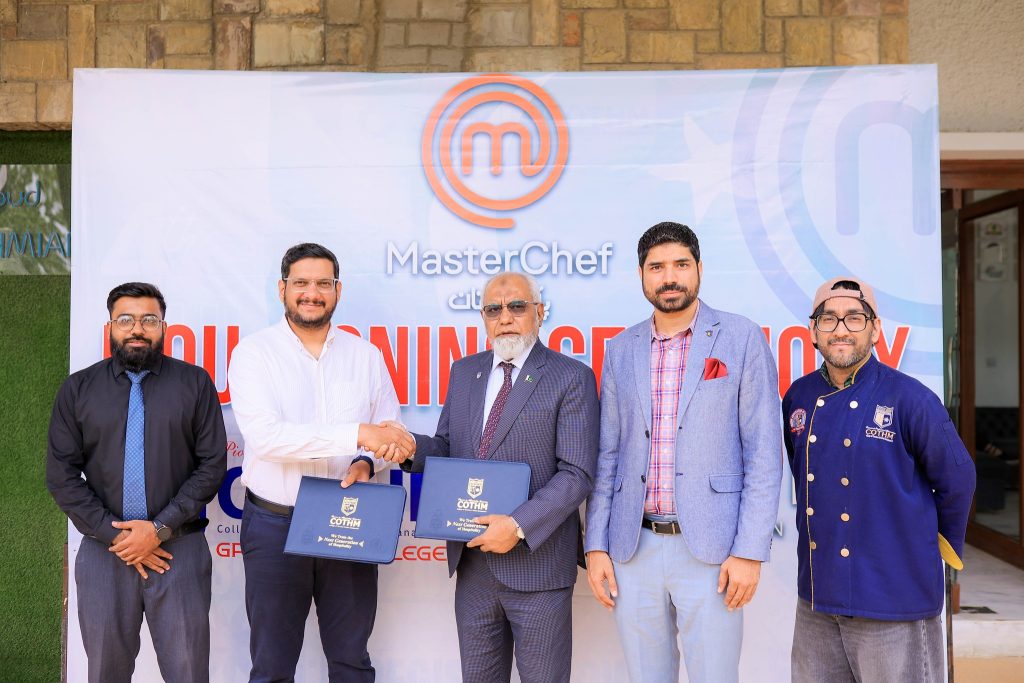‘Art restoration saves the value of an artwork and protects it from future damages and deterioration’.

Tell us something about yourself.
I am Sana Durrani, a visual artist and art restorer-conservator. I am currently working on a project under ICCROM on implementing a disaster risk management plan for cultural heritage sectors and its collection. I obtained M.Phil. Degree in Art and Design with distinction from Beaconhouse National University, Lahore. Sana Durrani trained as a visual artist in particular but my art practice and different training workshops have prepared me for diverse roles within the field where I chose to become an art restorer as it was deeply connected to my art practice of preserving old and abandoned spaces.
Can you please explain the art of restoration to our readers?
It is a process that involves the use of different techniques and solvents to treat, preserve, renovate and repair the damages which occur to art works like paintings, drawings, prints, sculptures and other art objects to bring them back to their original appearance as much as possible. The main goal is to save the value of an artwork and to protect it from future damages and deterioration.
What is going on in Pakistan in this regard?
There is a lot going on in the field of conservation and restoration in Pakistan on preserving our old cultural heritage sites. Organizations like Walled City of Lahore Authority, Agha Khan Trust and UNESCO Pakistan are working on many ongoing projects and doing a great job but there is still a lot of scope to work specifically in the field of oil painting conservation.
Which country is doing well in this field?
I can only talk about my experience as I have studied restoration of painting from Florence, Italy that was a great learning experience and if Sana Durrani get a chance, I will go back there for getting more advanced trainings.
How many projects you have done so far?
In 2016, I was selected in a conservation and restoration workshop, a project offered by Danish Centre for Culture and Development in collaboration with Lahore Arts council, Pakistan. Along with other participants, I worked on the masterpieces of some of the great master painters of Pakistan who include Ustad Allah Bakhsh, Sadeqain, S. Safdar, Saeed Akhtar and many more. Since then I have been working within the field of conservation-restoration of oil paintings where I was given another project of one of the famous paintings by a legendary Artist Anna Molka Ahmed from the permanent collection of Alhamra Art Museum, Lahore, titled “Tariq bin Ziyad’s Invasion of Spain”. It was a challenging project due to the extreme damages to the paintings and required advanced skills and expertise which compelled me to get further professional restoration training. For this purpose, I went for an international restoration course independently from Florence, Italy in 2019 which was conducted by a well-known Italian Art restorer Mrs. Elena Giannetti. Upon my return I got two more projects to work on. One project with the embassy has been completed and is yet to be disclosed while the other one is still in process project under ICCROM.
What support do you need from the government of Pakistan?
Pakistan government has been supporting many such projects but there is an urgent need for developing professional expertise. The government can support this sector by taking initiatives like offering trainings and workshops of international standards for interested people. This may urge art institutions to launch academic programs and fully functioned conservation-restoration labs.
Your best work so far?
“Tariq bin Ziyad Invasion of Spain” by legendary artist Anna Molka is my best project so far, not in regards to the treatment to the painting but to the different stages of learning and awareness about the lack of professional expertise of conservation and restoration of paintings in our country which were exposed to me time to time and compelled me to refine my skills and never stop learning.
Which painting do you want to restore willingly?
I would love to work and preserve most of the valuable paintings by such old masters that have been stored in damp places for many decades and are facing further risks of damages and deterioration.
Where can one learn the art of restoration in Pakistan?
There is no institution offering conservation-restoration as an academic domain currently, yet there is a need to develop a curriculum on institutional level. It further needs to be promoted to bring experts and likeminded people together on a platform where restoration can be the part of the curriculum.
What are your future plans?
To reduce further risks or damages to our cultural assets in any disaster situation, I will be promoting a disaster risk management plan for the cultural heritage sectors it is also one of my ongoing projects with ICCROM. I do have plans on enhancing my skills further by getting more training opportunities in the field of conservation-restoration.
Any message for our readers?
Dream big, work hard, give your best and keep going. Nothing is impossible to achieve if you always believe in yourself. It’s just that everything happens at its own time and at right pace.
More about COTHM hosts










